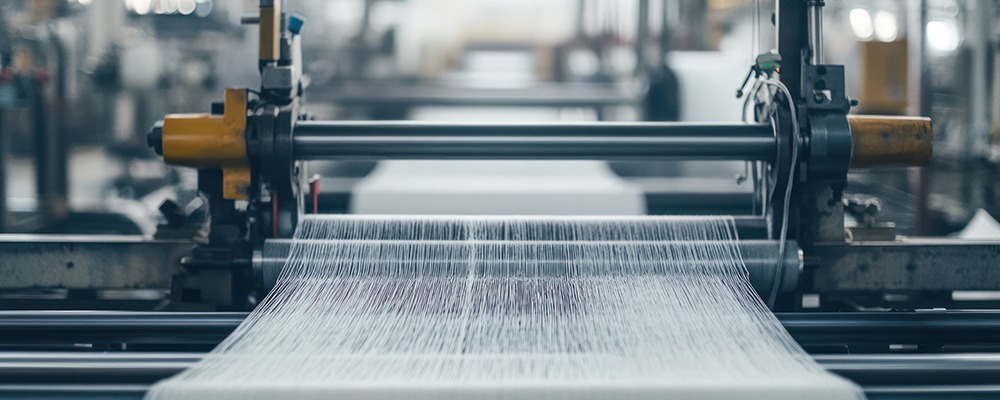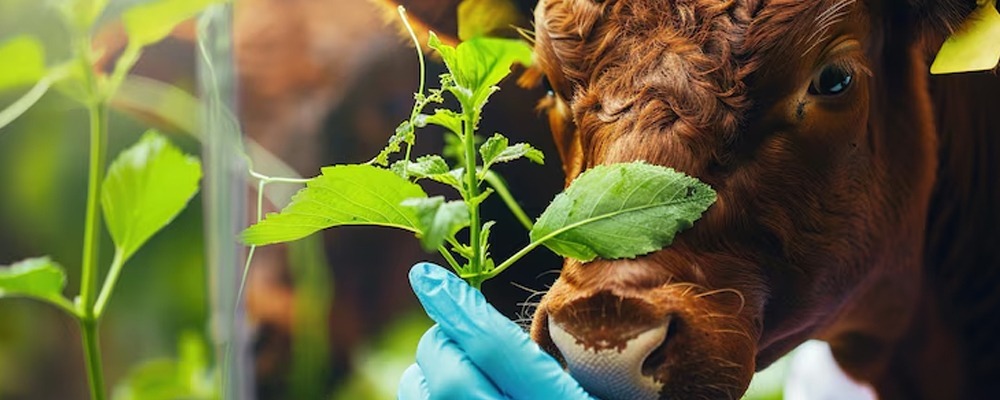The textile industry is constantly evolving, adopting new technologies and innovations to improve efficiency, sustainability, and product quality. One such breakthrough that has gained widespread attention is the use of bacterial amylase for textile desizing. This enzymatic solution is not only transforming traditional desizing methods but also aligning with the industry’s growing commitment to eco-friendly and cost-effective practices.
In this blog, we will explore how bacterial amylase works, why it is superior to conventional desizing techniques, and how it is reshaping the future of textile processing.
Understanding Desizing in the Textile Industry
Desizing is a crucial pre-treatment process in textile manufacturing. Before fabrics undergo dyeing, printing, or finishing, they are coated with sizing agents—primarily starch-based—to enhance their strength and weaving efficiency. These sizing agents, while beneficial during fabric production, must be completely removed to ensure uniform dye penetration, softness, and overall fabric quality.
Traditional desizing methods rely on acidic or oxidative chemicals to break down starch. While these methods are effective, they pose significant challenges such as:
- Harsh fabric degradation – Chemical desizing can weaken textile fibres, compromising their strength and longevity.
- High water and energy consumption – The process requires extensive rinsing, leading to excessive water usage.
- Environmental pollution – The discharge of chemical-laden wastewater causes severe ecological damage.
This is where bacterial amylase emerges as a game-changer, offering a biodegradable, efficient, and sustainable alternative.
What is Bacterial Amylase?
Bacterial amylase is an enzyme derived from specific strains of bacteria such as Bacillus subtilis and Bacillus licheniformis. These microorganisms produce amylase to break down starch into simpler sugars, making it a perfect solution for desizing fabrics.
Unlike chemical treatments, bacterial amylase selectively targets starch molecules without harming the fabric. This enzymatic desizing process occurs under mild conditions, reducing the need for excessive heat or harsh pH levels. The result is a more efficient, eco-friendly, and fabric-friendly approach to starch removal.
How Bacterial Amylase Works in Desizing
The enzymatic desizing process using bacterial amylase follows a straightforward yet highly effective mechanism:
- Enzyme Application: Bacterial amylase is applied to the fabric through a padding or exhaust process at an optimum temperature (typically 55–70°C) and pH (5.5–7.5).
- Starch Hydrolysis: The enzyme hydrolyses starch into soluble dextrins, maltose, and glucose.
- Rinsing & Removal: Once broken down, these starch derivatives are easily washed away with minimal water usage, leaving the fabric clean and ready for the next stage of processing.
The entire process is faster, more effective, and requires significantly less water and energy compared to traditional methods.
The Key Benefits of Bacterial Amylase in Textile Desizing

- Superior Fabric Protection
Chemical desizing often weakens the fabric structure due to harsh oxidative or acidic conditions. In contrast, bacterial amylase works gently on fibres, preserving their integrity while effectively removing starch. This ensures that the fabric maintains its softness, durability, and strength.
- Environmentally Friendly Process
One of the biggest advantages of bacterial amylase is its biodegradability. Unlike chemical agents that contribute to industrial pollution, amylase-based desizing produces minimal toxic waste. Moreover, since it requires lower rinsing volumes, it significantly reduces water consumption and wastewater treatment costs.
- Cost-Effective and Efficient
Switching to bacterial amylase desizing results in:
Lower energy costs – The process occurs at moderate temperatures, reducing steam consumption.
Reduced water usage – Less rinsing means lower operational costs.
Faster processing times – Enzymatic reactions are quicker than chemical treatments, increasing production efficiency.
- Safer for Workers and Manufacturing Units
Chemical desizing agents often release harmful fumes and require careful handling due to their corrosive nature. In contrast, bacterial amylase is a safe and non-toxic alternative, improving workplace safety and reducing health hazards for factory workers.
- Compatible with Sustainable Textile Trends
As the global textile industry shifts towards sustainability and eco-friendly practices, enzyme-based solutions like bacterial amylase align perfectly with these goals. Many leading textile manufacturers are now embracing enzymatic desizing as part of their green initiatives to reduce their environmental footprint.
Challenges & Future Potential of Bacterial Amylase Desizing
While bacterial amylase presents numerous advantages, its adoption is not without challenges. The key concerns include:
- Enzyme Stability: Amylase enzymes can be sensitive to extreme temperatures or pH variations, requiring precise process control.
- Cost of Enzyme Procurement: Although enzyme costs have reduced over the years, they are still higher than traditional chemicals. However, the long-term savings in water, energy, and fabric quality outweigh the initial investment.
- Process Optimisation: Enzymatic desizing requires optimised conditions for maximum efficiency, which may necessitate adjustments in existing production lines.
Looking ahead, advancements in enzyme engineering and biotechnology are expected to further enhance bacterial amylase performance. Research is underway to develop more thermostable and pH-resistant enzyme variants, making enzymatic desizing even more accessible and cost-effective for textile manufacturers worldwide.
Conclusion
The introduction of bacterial amylase in textile desizing marks a significant step towards sustainable, efficient, and high-quality fabric processing. By replacing harsh chemicals with enzymatic solutions, textile manufacturers can achieve superior fabric quality, cost savings, and a reduced environmental footprint—all while meeting the growing demand for greener production methods.
At Biolaxi Enzymes, we are committed to driving this enzymatic revolution forward. Our high-quality bacterial amylase formulations are tailored to meet the specific needs of textile manufacturers, ensuring optimal efficiency and consistent results. As pioneers in enzyme-based textile solutions, we help businesses transition towards eco-friendly, high-performance fabric processing without compromising on quality. Let’s redefine textile desizing—one enzyme at a time!




